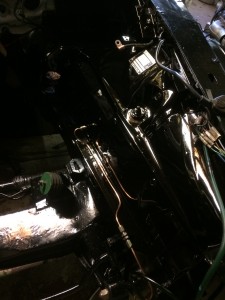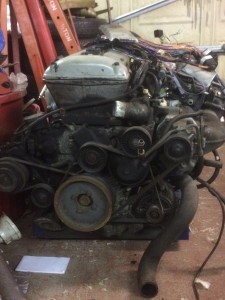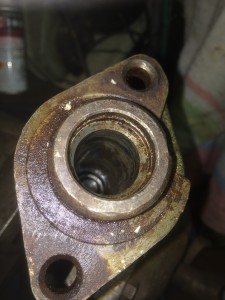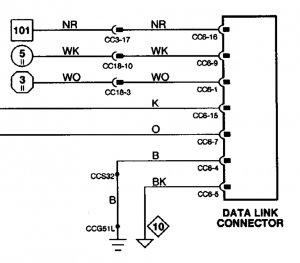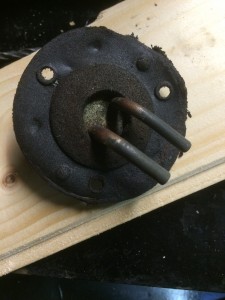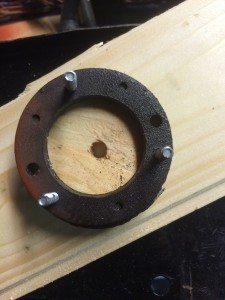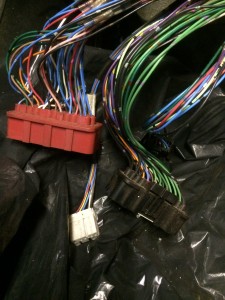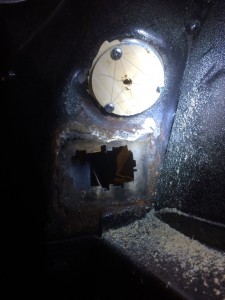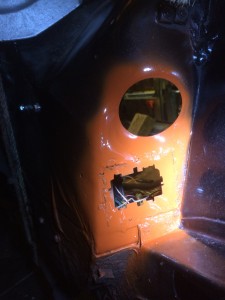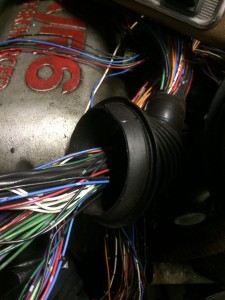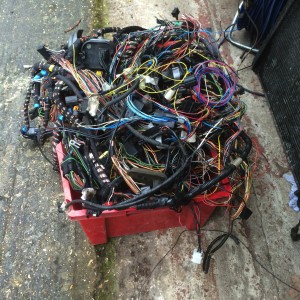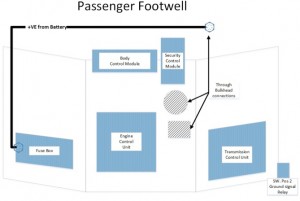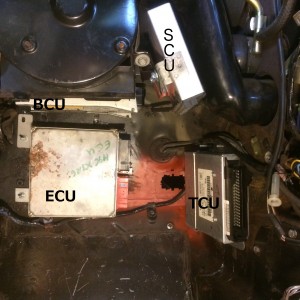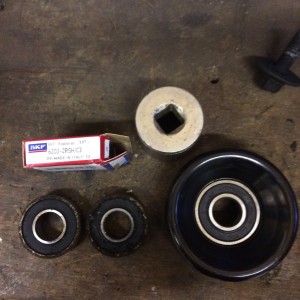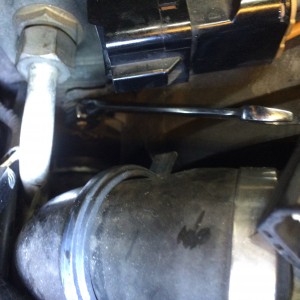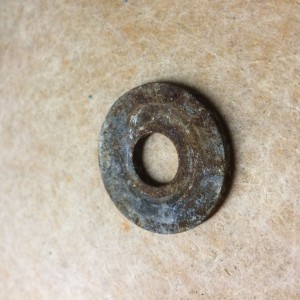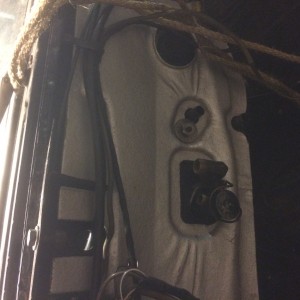London Classic Car Show
A fellow Jaguar enthusiast and I went to the London Classic car show at the Excel centre in London on Saturday. It was pretty busy for most of the day, so much so that during the parade sessions it was almost impossible to get a decent view. The very brief video at the end of the article shows that there were people three rows deep between the casual observer and those keen to ensure a good view by grabbing a front row view early. I did however like the idea of the “road” down the middle of the hall to allow for a bit of noise and excitement during the day.
E types definitely ruled the roost as there seemed to be at least one or more on every stand. Judging by the prices that some of those were listed for it is unlikely that I will ever be able to afford something like that. At the same time however, I don’t actually want a car that I can’t drive for fear of getting it dirty and loosing a massive amount of value. What’s the point of owning a £250,000 car if all you can do is keep it in a temperature controlled garage with the occasional visit to a show, taken by trailer of course. It takes all sorts of course and investing in a E Type has probably increased more in value compared to what you would receive leaving your money in the bank over the last few years.
I did expect to see more parts and component suppliers but I guess the costs for a stand these days is fairly high. One of my usual parts suppliers S N G Barratt were there and if I had got my act together I could have saved some postage on the parts I need. I would also have had to carry them around all day too.
There was another show going on in one of the adjacent halls which was similar to the Comicon type event. It was the London Super Comic Convention. Hundreds of colourfully dressed people wandering around certainly brightened up the day. I applaud those visitors who made the effort as I am well aware of the time needed to create the various outfits as my daughter attends these shows quite regularly.
It was certainly a different kind of car show to those I normally attend, if only for the sheer restoration quality of the cars on display. I doubt if I will go again as most of the cars were out of my reach financially and I was unable to to find any of those little bits and pieces I need as part of the ongoing Jaguar rebuild.
DIY was the order of the day for Sunday so no progress this weekend on the XJ6 either.
Here is a 10 second video of the noise reverberating in the hall from an Audi Quatro rally spec car. A bit of movement and noise makes a big change from the static displays. The Lotus F1 car and a Subaru WRX sounded great too but unfortunately I have no video.
